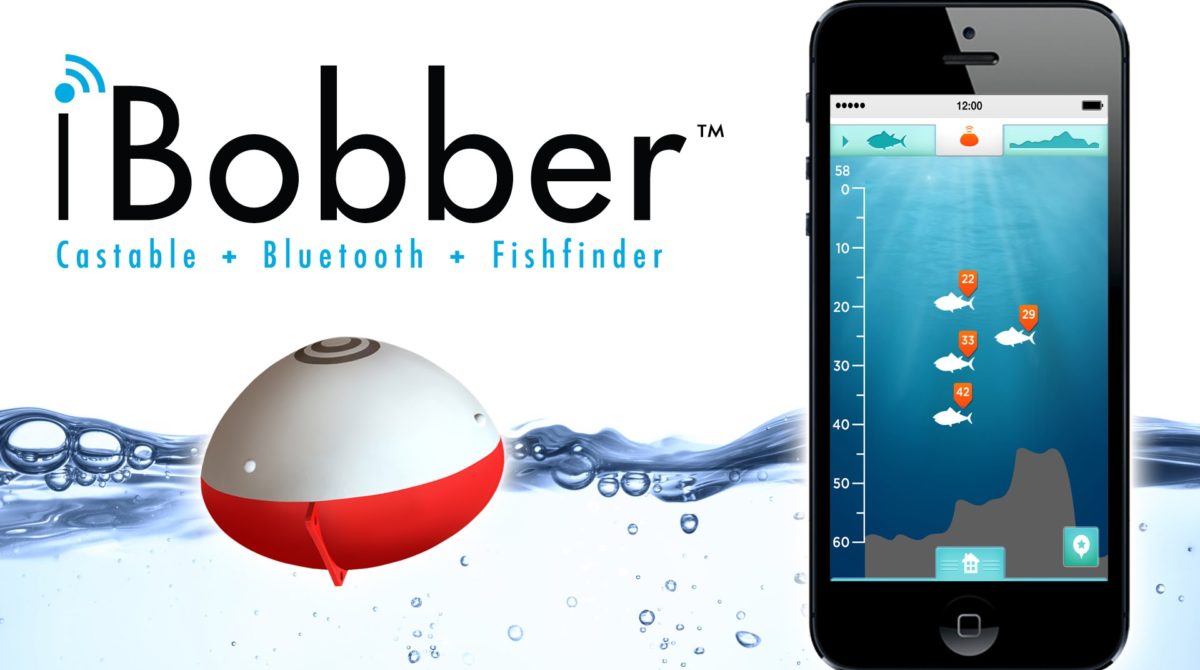Lake Trout Fishing Archives
Long before salmon reigned as king, lake trout ruled North America’s largest lakes. Before Columbus, Native Americans plied the Great Lakes for lake trout in birch-bark canoes, using rocks to transport their baits deep with lines created from gut, hair, or both. Apparently, they even fashioned lures from clam shells.
Lake trout (or mackinaw) are primarily fish eaters. They prefer colder water and they are usually found close to the bottom but they is found in any respect depths once the water is cold. Generally fish 30′-100′ deep for smaller (2-5 lb.) lakers and also over 100′ deep for larger lake trout but expect lots of mixing of sizes. Generally, seek out areas that can concentrate bait fish like points, sloping aspects of large rubble, or flats alongside drop-offs or steep slopes. Expansive flats may not hold many fish. A fish finder helps locate likely spots and might locate schools of bait fish or lake trout but lake trout can take so tight for the bottom most fish finders won’t imply to them.
There are several methods to drill effectively rubber, and just how you select depends on the place that the bass are holding. The Texas rig, rig Wacky bench SC, and drop shot platform are typical popular techniques which may have been shown to be very effective for fishing worm. But of all the platforms, the Texas rig is regarded as the common. This platform is entirely smoke-free, so that it is a great option for use of deep cover, where low power.
Some beach spawning occurs during winter.Lake Rotoma is pretty deep taking for some 80 metres at its deepest point. There are shallow lagoons around the lake which act as nutrient traps filtering pastoral runoff. This lake is noted for the clarity of the water. Interestingly you can find only a couple of small inlet streams which might be nothing more than creeks and there is no obvious lake outlet.
; (1) From Hiway 12 at Mossyrock, turn south, with the Shell service station, and enter in the town of Mossyrock. About four blocks you may come to a T. (either right of left) Turn left on Ajlune Road and continue past the business district and on vacation for approximately 2 miles, go straight ahead at the intersection of Swafford Road and another mile you will arrive at Riffe Lake Campground, you’ll want to turn directly into the park, maybe speak to the ranger, then hang a immediate put aside the gate shack on the old road, then a right onto the old highway. The distance for the launch at full lake height, is only about 300′.
